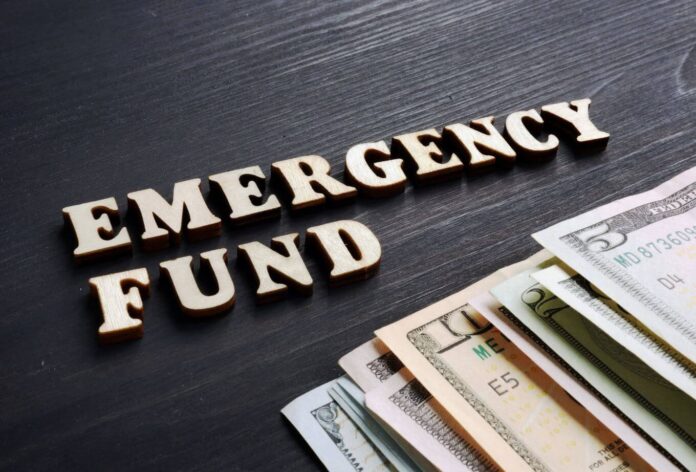Budgeting for planed repairs and routine home maintenance is easy, but do you have a plan to help you cover the costs of emergency repairs? Emergency home repair loans are there to help homeowners get funds in a short time so they can deal with the problem without having to worry about where to get cash. Below are some of the options you are going to have when looking for cash to use for home repairs. Choose one that works best for you.
Personal loan
A personal loan makes the most sense you need to make emergency home repairs that have a small to medium price tag. Most banks, online lenders, and credit unions offer these loans and you can easily get them. Approval of these loans is short and you can expect to have the cash in a day.
If you want to get a personal loan to use for emergency funding for repairs, your credit score should be in good shape or you might end up paying high-interest rates compared to other types of home repair loans.
Home equity loan
Many people choose to use home equity loans when they need cash for house repair because they are usually secured against the equity you have in your home. They tend to be more than a personal loan. You get this type of loan in a lump sum and it is going to be equivalent to the share of home equity, and you can use it for major repairs that cost $10,000 to $25,000, and many lenders are not going to give you a loan that is less than this amount.
If you want to get a home equity loan, you first have to determine whether you have enough equity in your home, which locks out anyone who recently purchased their home. Make sure you also afford the repayments because you can end up losing your home because you are using it as the collateral for the loan.
Home equity line of credit
This is a type of loan where you borrow against the equity you have in your home. Your home is going to be used as the collateral for the loan. The difference between a home equity line of credit and a home equity loan is instead of getting a lump sum, you can borrow multiple times. This is a good option because it is flexible since you have control of how much you borrow. This is a convenient method when doing an emergency home repair where you don’t know the exact cost of the project. You need to keep in mind that the minimum draw from this is usually $10,000 to $25,000, which makes it the best option for major projects that require a lot of money. This works for people who have built up enough equity in their home because that is what you borrow against.
Government loan
Many people don’t know that the US government through the Department of Housing and Urban Development fives out home repair loans. The loans are going to cover repairs for up to $25,000. You don’t need to have any equity in your home, but the condition is you must have occupied the home for at least 90 days, and there are lending requirements you have to meet before you get this type of loan.
Credit card
If you need to make minor repairs in your home, then it might make the most sense to use the credit card that you have to pay for. It is important to be careful when it comes to credit cards because their interest rates tend to be high unless you are still in the introductory period where you get one with a low APR. Try your best to pay off the balance because you don’t want to pay a lot in interest. This is different when you have gotten a new credit card and you are still in the introductory interest-free period.




















